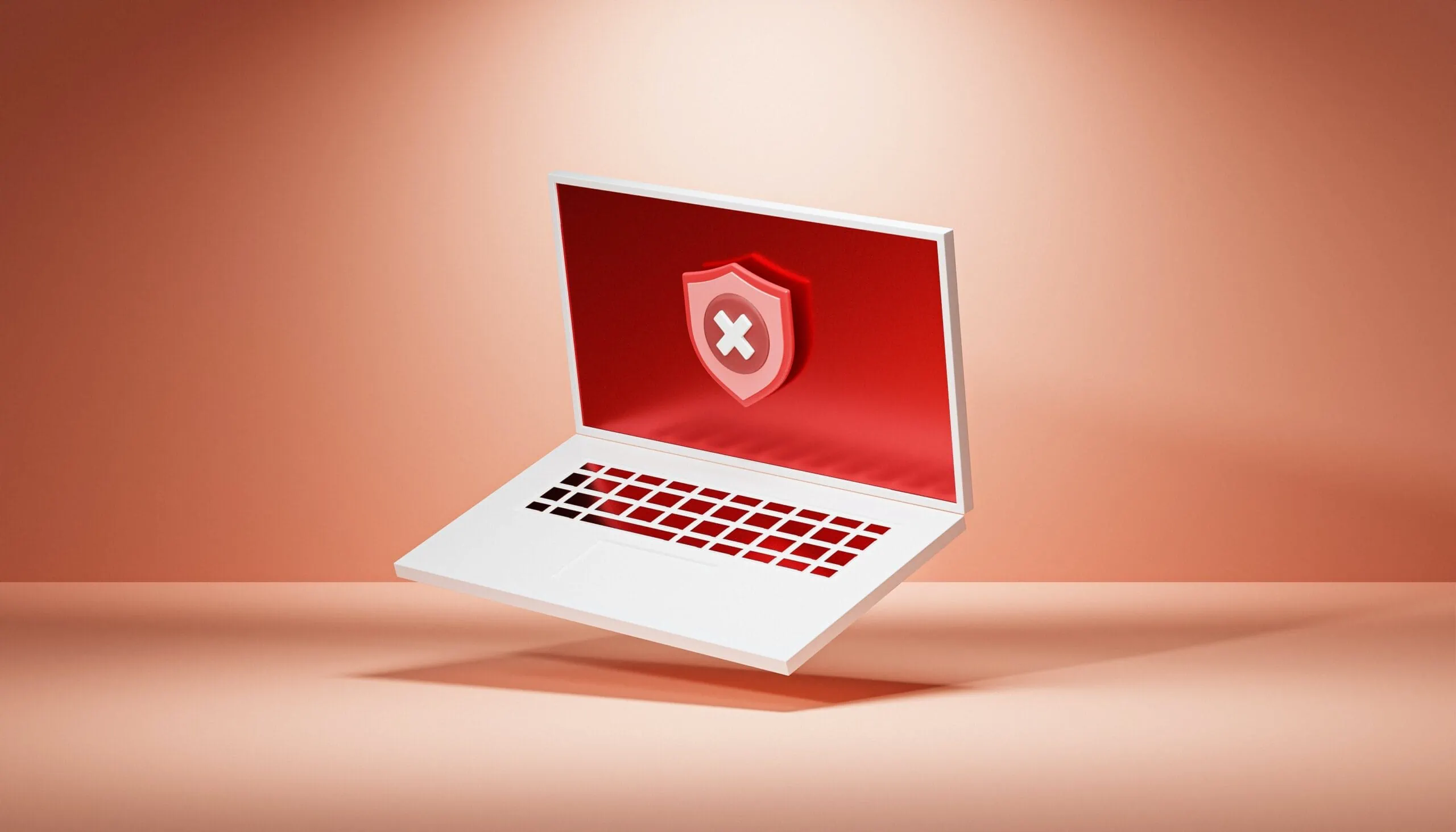Introduction : How to Respond to a Cyber Attack
How to respond to a cyber attack? In today’s digital age, cyber attacks have become increasingly common, and businesses of all sizes are vulnerable to these attacks. A cyber attack can cause significant damage to a company’s reputation, finances, and customer trust. Therefore, it’s essential to have a plan in place to respond to a cyber attack quickly and effectively.
In this blog post, we’ll discuss how to respond to a cyber attack and the steps you can take to mitigate the damage. We’ll also provide some tips on how to prevent future attacks from happening. By following these guidelines, you can protect your business from cyber threats and maintain the trust of your customers. So, let’s get started!

5 Immediate Steps to Take When Facing a Cyber Attack
Cyber attacks can happen to anyone, at any time. The best way to protect yourself is to be prepared. If you’re facing a cyber attack, there are five immediate steps you should take. First, disconnect from the internet. This will prevent the attacker from accessing your system and stealing your data.
Next, contact your IT department or a cybersecurity professional. They can help you assess the damage and determine the best course of action. Third, change all your passwords. This will prevent the attacker from accessing any of your accounts. Fourth, back up your data. This will ensure that you don’t lose any important information. Finally, report the attack to the appropriate authorities. This will help prevent future attacks and hold the attacker accountable.
By following these five steps, you can minimize the damage caused by a cyber attack and protect yourself from future attacks. Remember to stay vigilant and keep your systems up-to-date to prevent attacks from happening in the first place.

The Importance of Incident Response Planning in Cybersecurity
In today’s digital age, cybersecurity is more important than ever. With the increasing number of cyber attacks, it is crucial for businesses to have an incident response plan in place. An incident response plan is a set of procedures that are followed in the event of a cyber attack, data breach, or any other security incident. It is a proactive approach to managing and mitigating the risks associated with cyber threats.
An incident response plan helps organizations to detect, respond to, and recover from security incidents quickly and effectively. It provides a structured approach to incident management, ensuring that all stakeholders are aware of their roles and responsibilities. It also helps to minimize the impact of a security incident on the organization, its customers, and its reputation. By having an incident response plan in place, businesses can demonstrate their commitment to cybersecurity and protect themselves against the financial and reputational damage that can result from a security breach.

How to Identify and Contain a Cyber Attack on Your Network
Cyber attacks can cause serious damage to your network, but identifying and containing them can minimize the impact. The first step is to monitor your network for any unusual activity. This can include unexpected traffic, unusual login attempts, or unauthorized access to sensitive data. By keeping an eye on your network, you can quickly detect any signs of a cyber attack.
Once you’ve identified a cyber attack, it’s important to contain it as quickly as possible. This can involve isolating affected systems, disabling compromised accounts, and blocking malicious traffic. You may also need to notify your IT department or a cybersecurity expert for assistance. By taking these steps, you can prevent the attack from spreading and minimize the damage to your network. Remember, the key to preventing cyber attacks is to stay vigilant and take action as soon as possible.

The Role of Cyber Insurance in Responding to a Cyber Attack
In today’s digital age, cyber attacks are becoming more frequent and sophisticated, posing a significant threat to businesses of all sizes. In response, cyber insurance has emerged as a crucial tool for organizations to mitigate the financial and reputational damage caused by a cyber attack. Cyber insurance policies typically cover costs associated with data breaches, such as legal fees, notification expenses, and credit monitoring services. Additionally, some policies may include coverage for lost revenue resulting from business interruption caused by a cyber attack.
However, cyber insurance is not a substitute for a comprehensive cybersecurity strategy. It is important for businesses to implement strong security measures, such as firewalls and encryption, to prevent cyber attacks from occurring in the first place. Furthermore, businesses should regularly review and update their cyber insurance policies to ensure they are adequately protected against evolving threats. Ultimately, cyber insurance can play a critical role in helping businesses respond to and recover from a cyber attack, but it should be viewed as part of a larger cybersecurity framework.

The Top Tools and Technologies for Cyber Attack Response
As cyber attacks continue to grow in frequency and complexity, it’s crucial for businesses to have the right tools and technologies in place to respond quickly and effectively. One of the top tools for cyber attack response is a Security Information and Event Management (SIEM) system. SIEM tools collect and analyze data from various sources, including firewalls, servers, and network devices, to identify potential security threats. They can also provide real-time alerts and automated responses to help mitigate risks.
Another important technology for cyber attack response is Endpoint Detection and Response (EDR) software. EDR solutions monitor endpoints, such as laptops and mobile devices, for suspicious activity and can quickly detect and respond to potential threats. They can also provide detailed information about the source of an attack, which can be used to prevent future incidents. Other essential tools for cyber attack response include incident response plans, threat intelligence platforms, and network segmentation strategies. By implementing these tools and technologies, businesses can better protect themselves against cyber threats and respond quickly and effectively when an attack does occur.

The Legal Implications of Responding to a Cyber Attack
In today’s digital age, businesses are at a higher risk of cyber attacks than ever before. A cyber attack can have severe consequences, including financial loss, damage to reputation, and legal implications. When a cyber attack occurs, it is crucial for businesses to respond appropriately to minimize the damage and comply with legal requirements.
The legal implications of responding to a cyber attack can be complex and vary depending on the nature of the attack and the industry in which the business operates. For example, businesses in the healthcare industry may be subject to additional legal requirements under HIPAA, while financial institutions may need to comply with regulations under the Gramm-Leach-Bliley Act. Failure to comply with these legal requirements can result in significant penalties and fines. It is essential for businesses to work with legal counsel to ensure they are meeting all legal obligations in the aftermath of a cyber attack.

The Importance of Cybersecurity Training in Responding to a Cyber Attack
In today’s digital age, cyber attacks have become increasingly common and sophisticated. It is crucial for individuals and organizations to understand the importance of cybersecurity training in responding to a cyber attack. Cybersecurity training can help individuals and organizations develop the necessary skills and knowledge to prevent, detect, and respond to cyber attacks.
One of the key benefits of cybersecurity training is that it can help individuals and organizations identify potential vulnerabilities in their systems and networks. This can include identifying weaknesses in passwords, firewalls, and other security measures. By understanding these vulnerabilities, individuals and organizations can take proactive measures to strengthen their security and prevent cyber attacks from occurring. Additionally, cybersecurity training can help individuals and organizations respond quickly and effectively to a cyber attack. This can include identifying the source of the attack, containing the damage, and restoring systems and data. Overall, investing in cybersecurity training is essential for individuals and organizations to protect themselves against cyber attacks and ensure the safety and security of their digital assets.

Conclusion : How to Respond to a Cyber Attack
In conclusion, responding to a cyber attack can be a daunting task, but taking the necessary steps can help mitigate the damage caused. It is essential to have a plan in place before an attack occurs, as this can help you respond quickly and effectively. Remember to contact your IT department or a cybersecurity professional as soon as possible to help assess the situation and take appropriate action.
Additionally, it is crucial to educate yourself and your employees on the importance of cybersecurity measures such as strong passwords, regular software updates, and avoiding suspicious emails or links. By following these steps and staying vigilant, you can help protect your business from potential cyber threats. Remember, prevention is always better than cure, and a little effort can go a long way in keeping your data and systems safe and secure.






